Bronze, creation and know-how
Liaigre’s has been known for its taste for noble materials since it began
See details
Liaigre’s has been known for its taste for noble materials since it began. Its love for authentic subjects goes hand in hand with the ideal of creating a lasting design, a desire to create and produce objects that are likely to resist the passing of time, whilst expressing it accordingly. This ideal has invented a different creative vocabulary which can be identified as” the Liaigre style”.
Amongst a choice of emblematic materials, bronze occupies a special place at Liaigre. It expresses an artistic creativity whilst respecting artisanal methods at the same time. Bronze is not used with nostalgia but with a contemporary approach which is revived to support a refined lifestyle without ostentation.
Texts by Françoise-Claire Prodhon
Credits Nicolas Héron, Claire Israel, François Halard and Romain Laprade
Close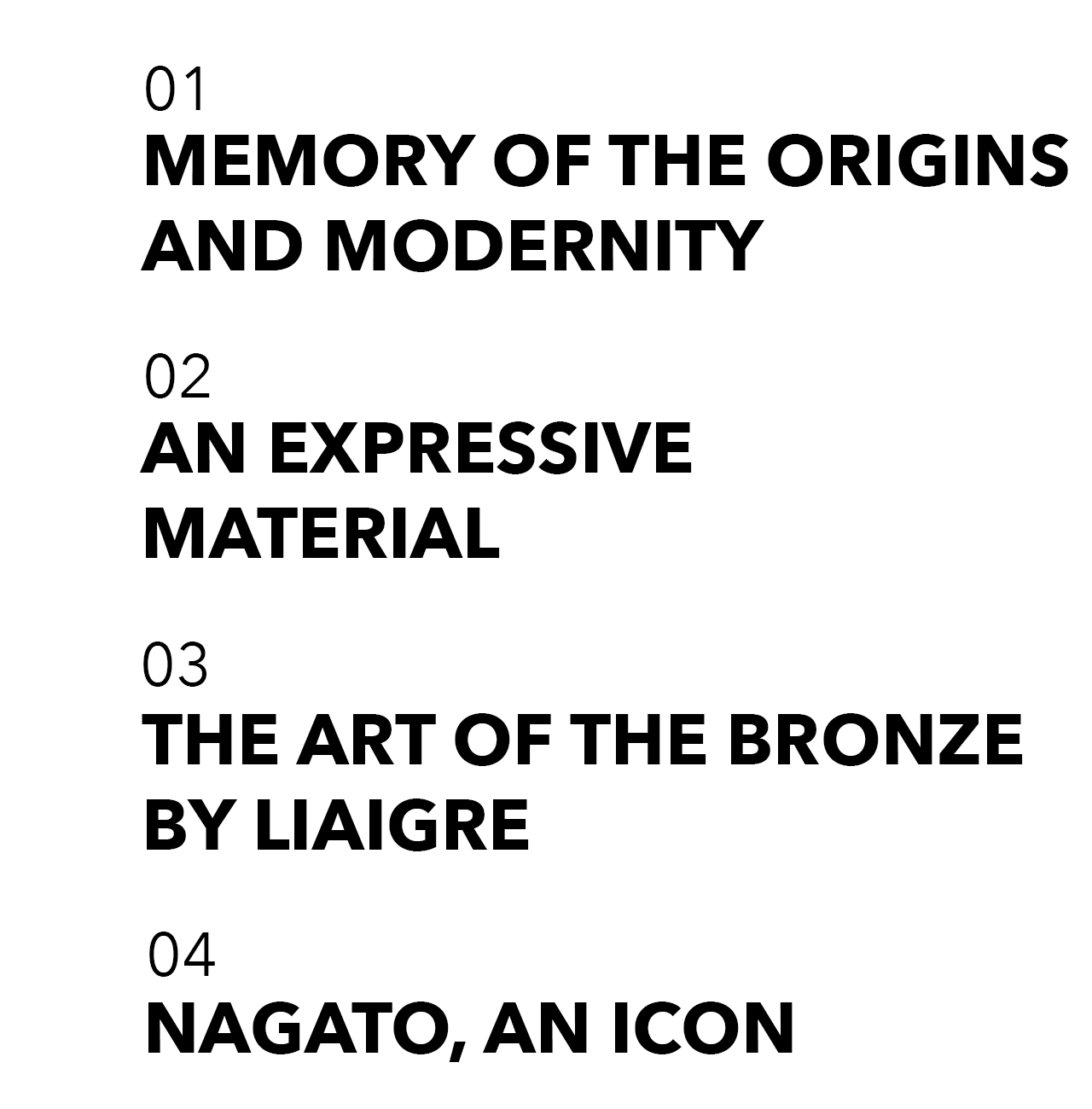
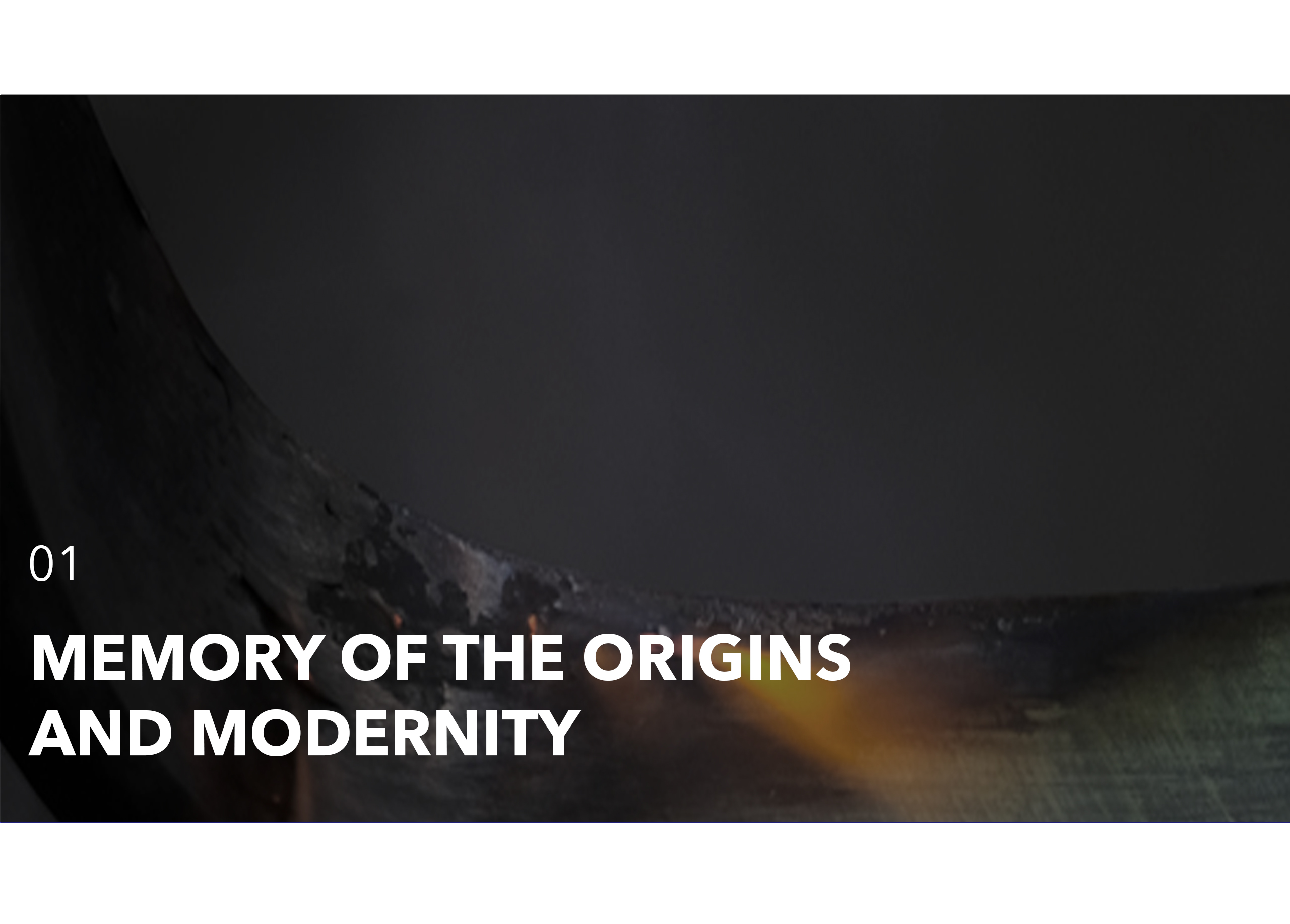
It first appeared in 2200, marking the turning point in the history of humanity, starting what archeologists and paleontologists call the Bronze Age. It lasted from 2200 to 800 BC. Blending copper and tin to which other materials are often added (iron, zinc, lead), bronze marks all civilizations. It was hammered, cast and engraved, making it possible to produce all sorts of objects: weapons, armor, harnessing (nails, fastenings), tools, adornments, jewelry, furniture and works of art…
Since the beginning of time, bronze has ajusted to the needs and desires of each age until today. Art and the decorative arts of the 20th Century, crossed by the avant-gardes, never abandoned this iconic material from design and have on the contrary, given it all kinds of shapes and aspects, carrying out a tradition that gave bronze its merited place in the writings of modernity.
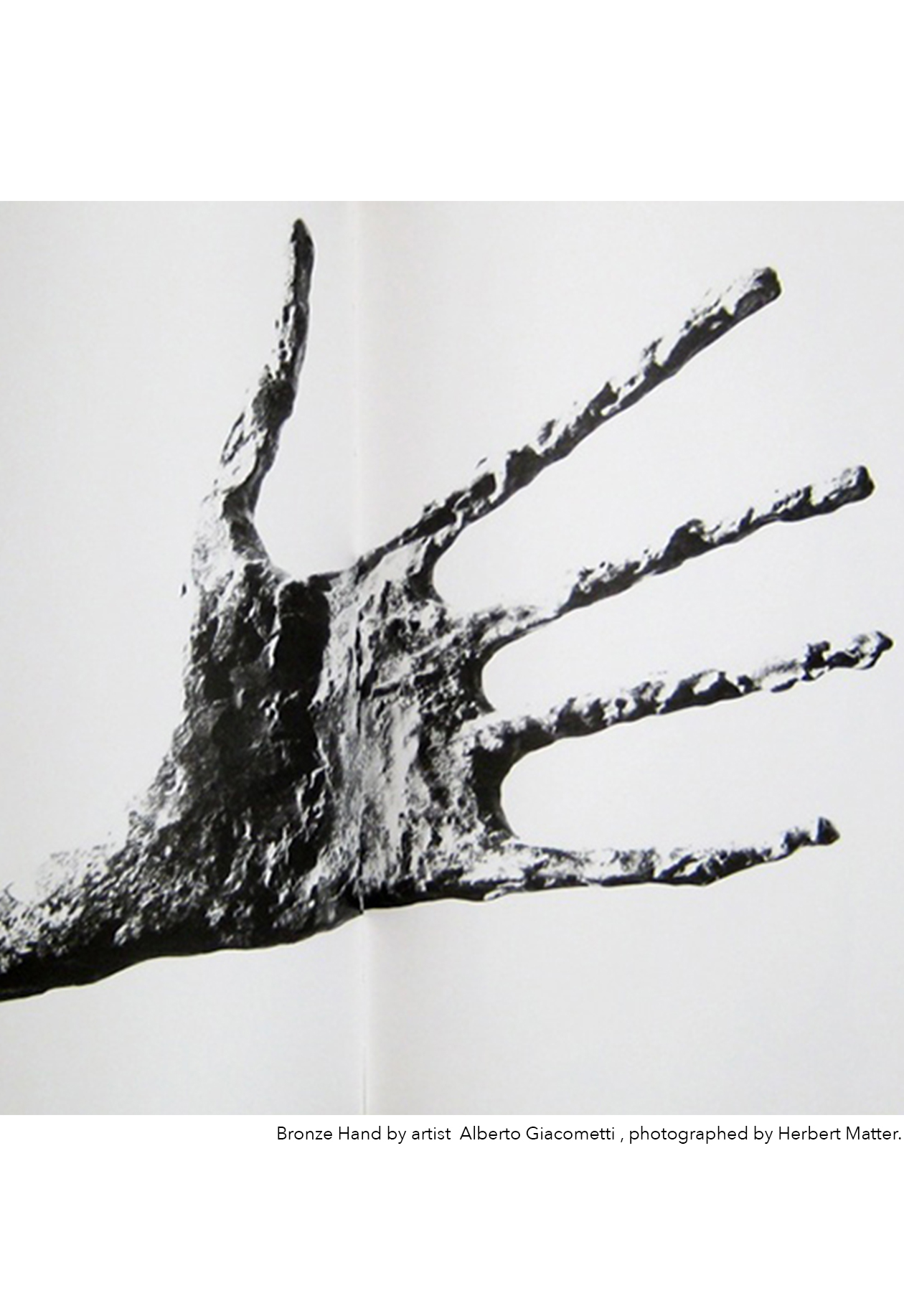
We can quote: Brancusi’s pure shapes modelled in shiny polished bronze (that reflects its surroundings like a mirror), Alberto Giacometti’s large silhouettes and their shaped surfaces which are almost accidental with sophisticated patinas which bring them to life, the elegant bronze furniture by Armand Albert Rateau for the designer Jeanne Lanvin, or the sculpture by Diego Giacometti (brother of Alberto) with his tables, chairs, armchairs and lamps featuring birds and wild animals.
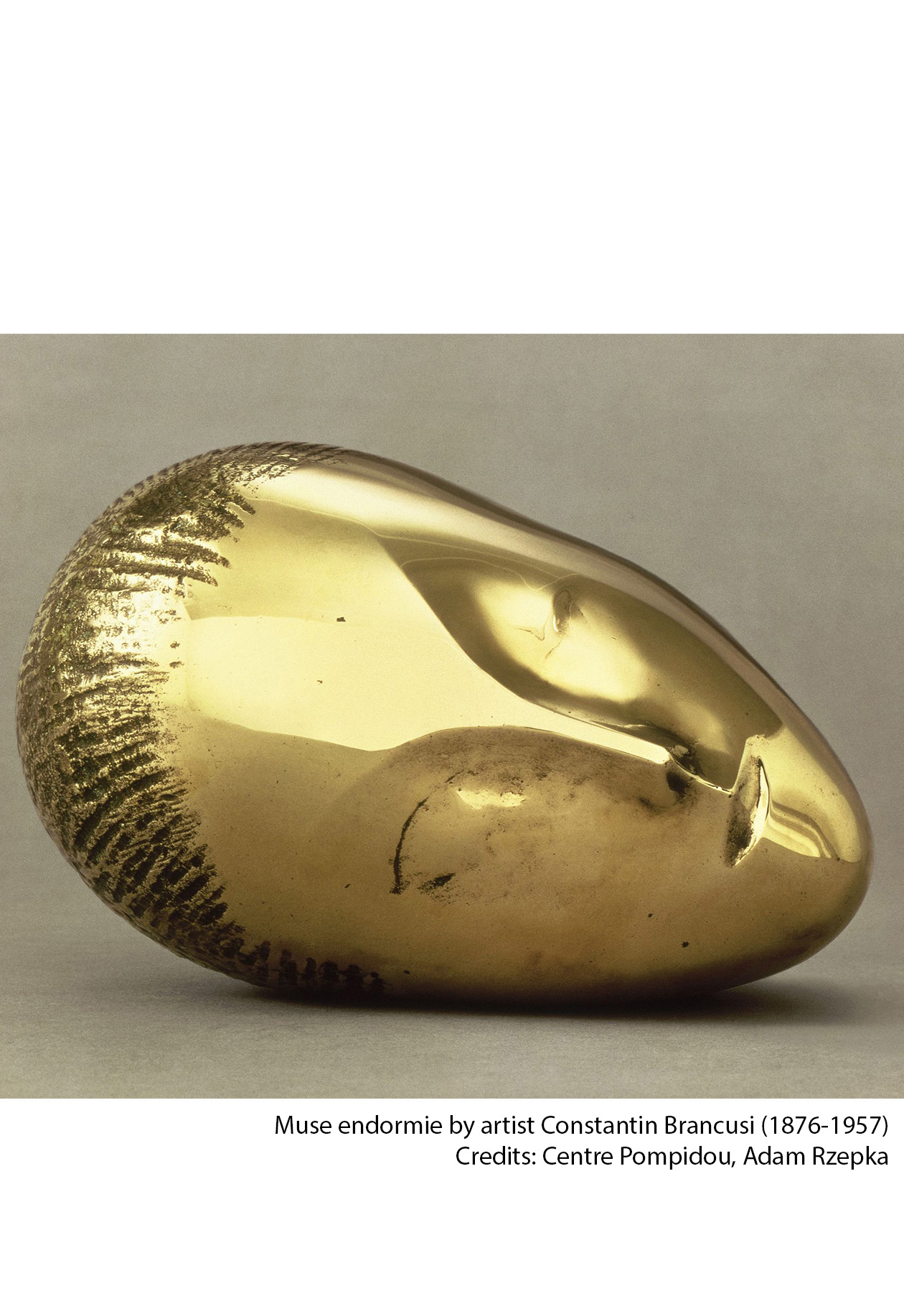
We can quote: Brancusi’s pure shapes modelled in shiny polished bronze (that reflects its surroundings like a mirror), Alberto Giacometti’s large silhouettes and their shaped surfaces which are almost accidental with sophisticated patinas which bring them to life, the elegant bronze furniture by Armand Albert Rateau for the designer Jeanne Lanvin, or the sculpture by Diego Giacometti (brother of Alberto) with his tables, chairs, armchairs and lamps featuring birds and wild animals.
.
Little matters how it is executed, whether it is molten or cast, shaped with a hammer or engraved, bronze requires skillful hands. This is appreciable in the final aspect of the object. The traces of the initial clay model can be seen on the metal surface are delicate and tactile, whilst the chiseling suggests precision, the hammering is brutalist and sensual when it breaks the surface. Each movement is expressive and artistic.
This is doubtlessly one of the main reasons that bronze was constantly chosen throughout the ages. It was also chosen because of its color.
As bronze is a natural matter, it is also recyclable. This characteristic has sealed the destiny of a great number of monuments and objects of art which were melted down to make other pieces, even in times of war, when they were transformed into canons. This property contributes to making bronze a material known for its durability. Conserved or recycled and transformed into something else, bronze represents an idea of eternity.
Conservé ou recyclé et transformé en un nouvel objet, le bronze porte en lui l’idée d’éternité.
.
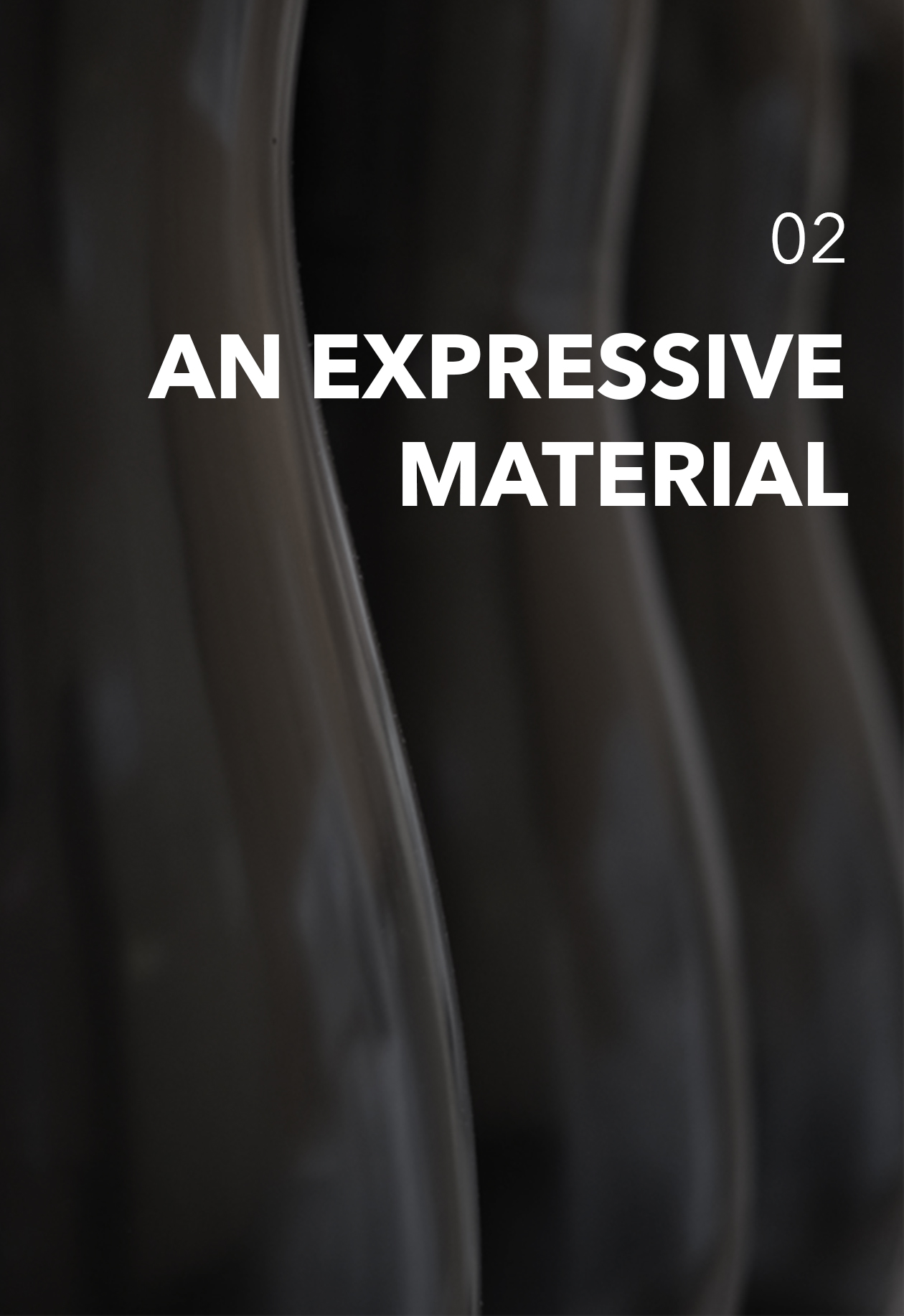
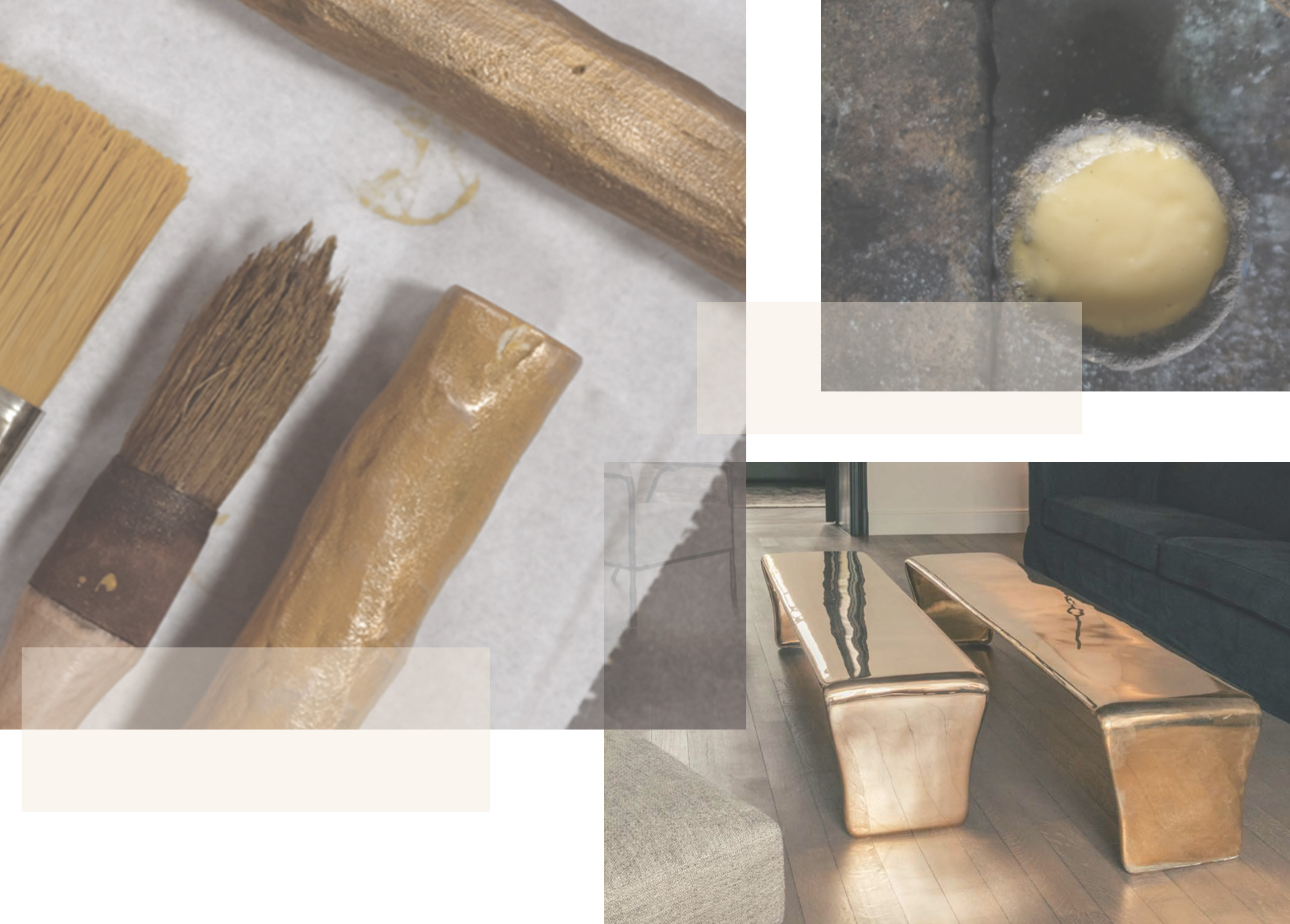
It was also chosen because of its color. Bronze reveals itself in an almost pictorial way through colors; those obtained through metal alloys and others from patina which is applied to each piece giving it its final aspect.
The palette of colors range from black to silvery white, crossing warm tones (mainly copper colors due to its principal component), golden nuances that remind us that it was originally used to imitate gold, then all the range of greens (called bronze greens) that also evoke copper colors.
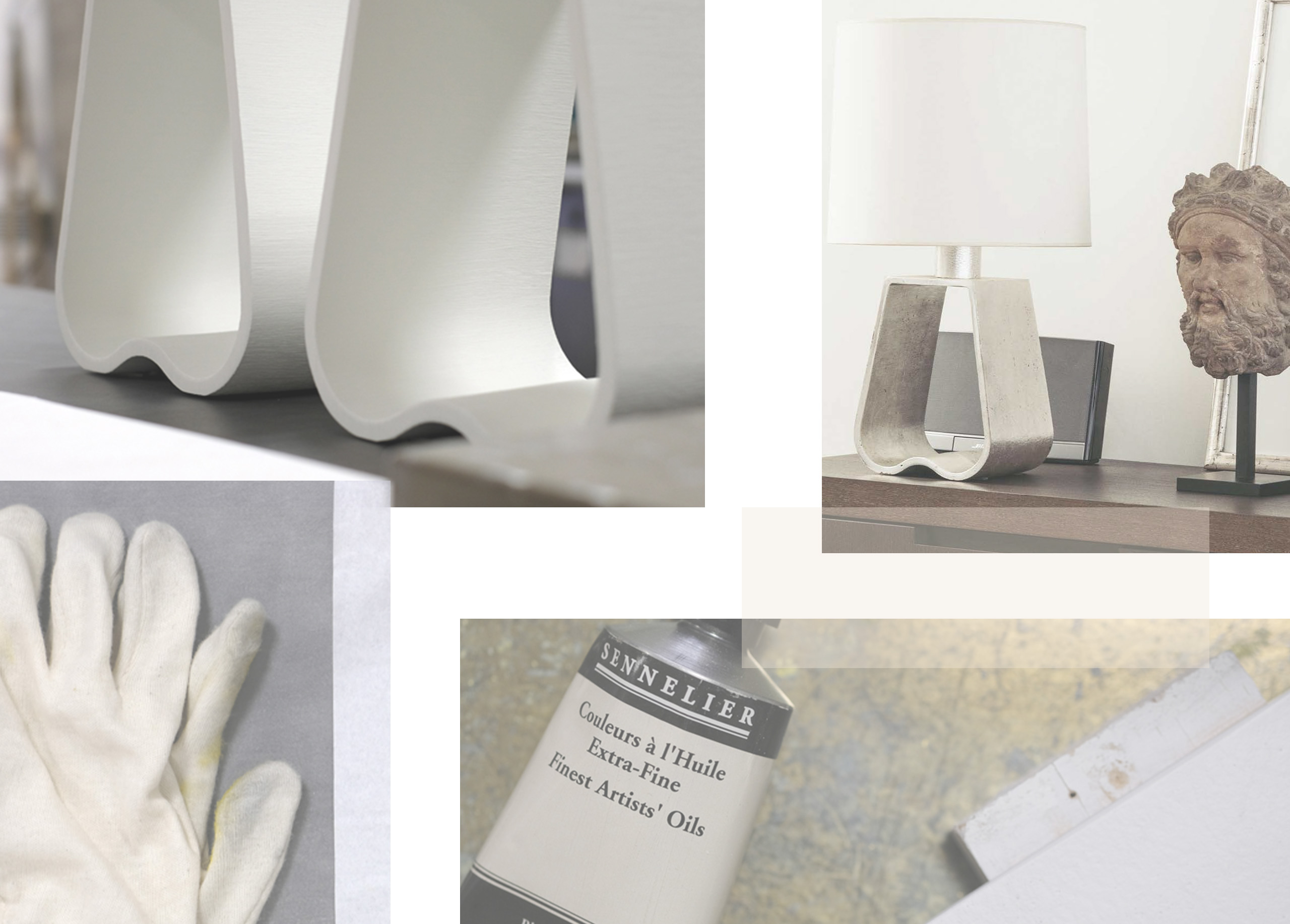
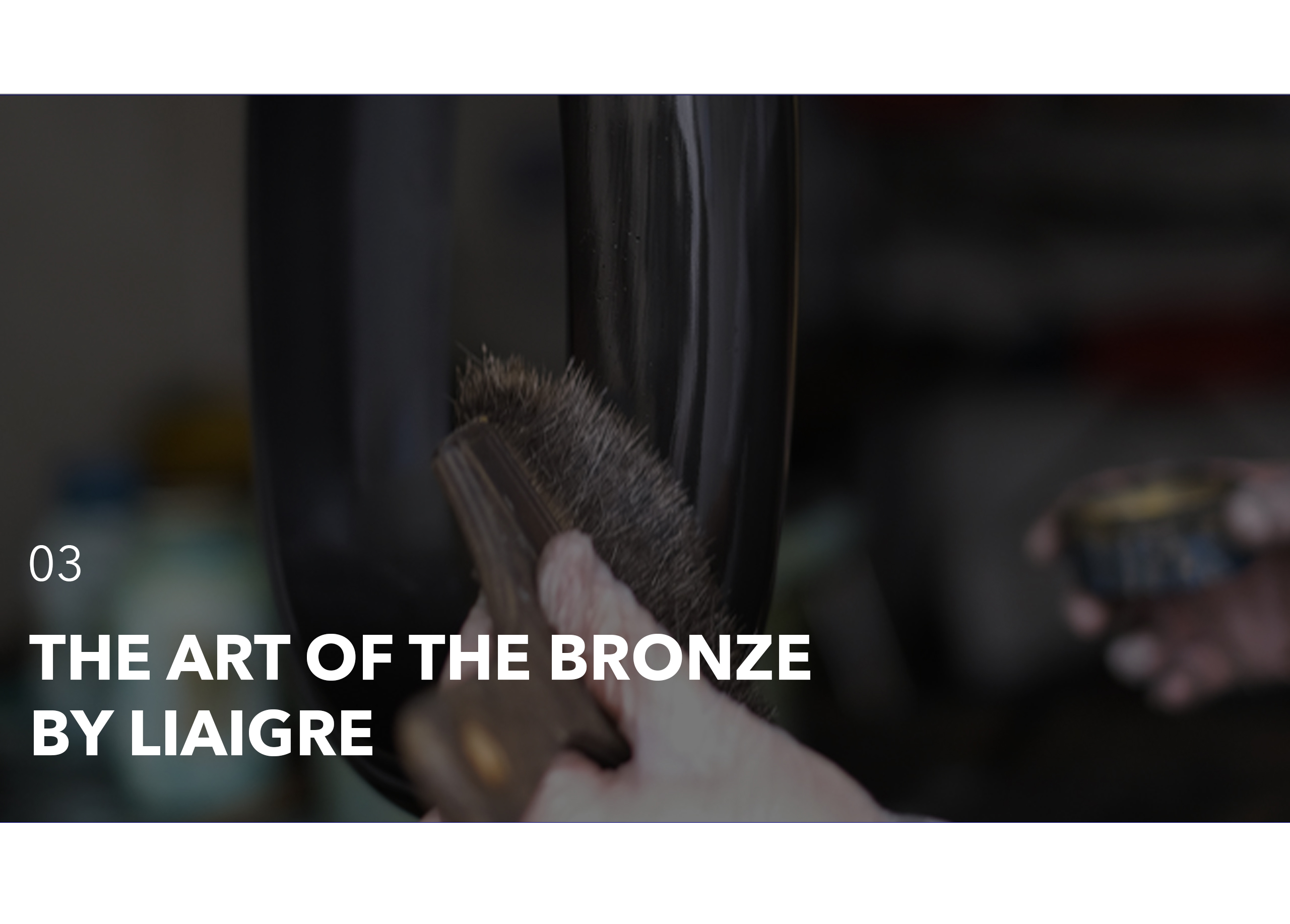
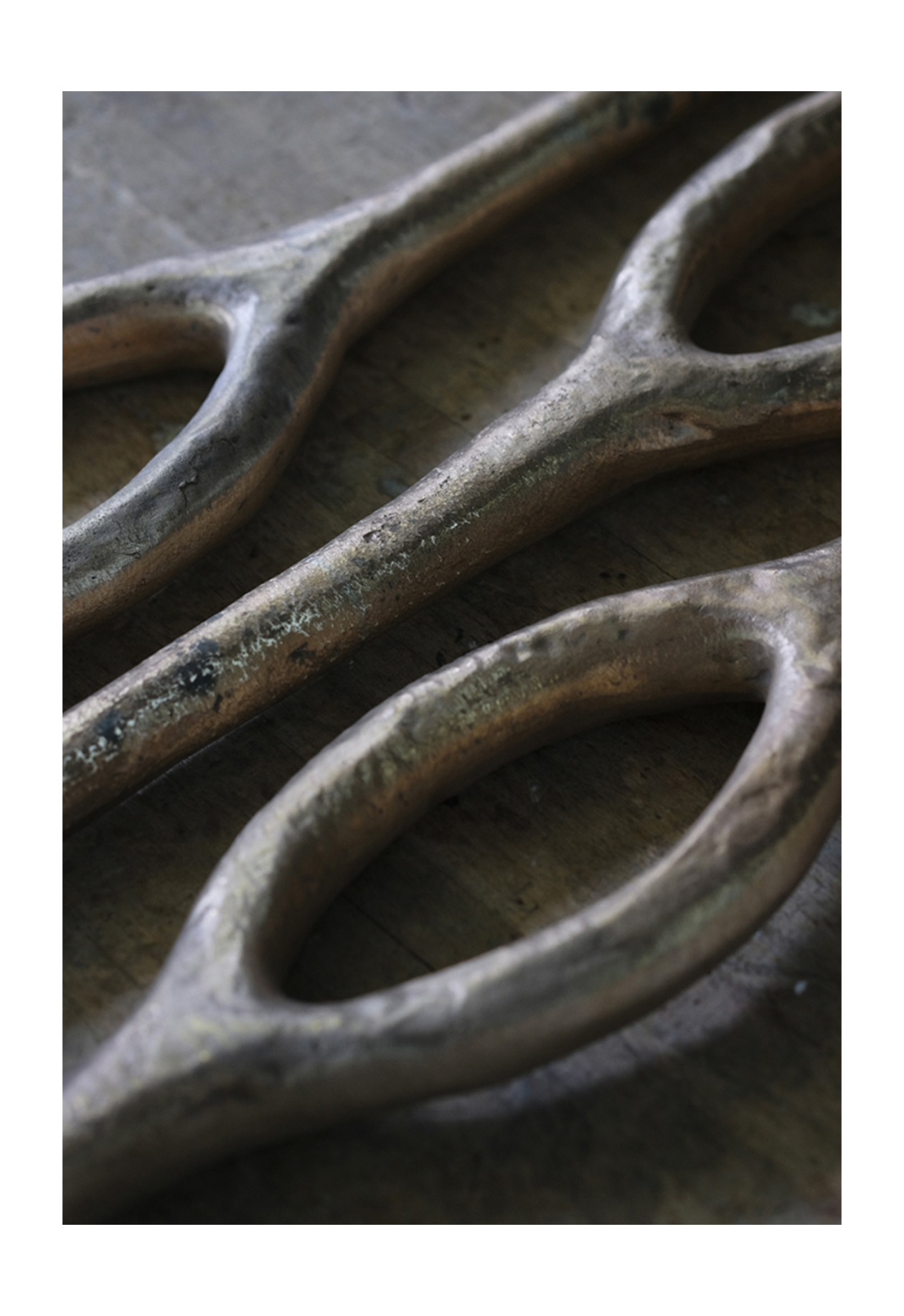
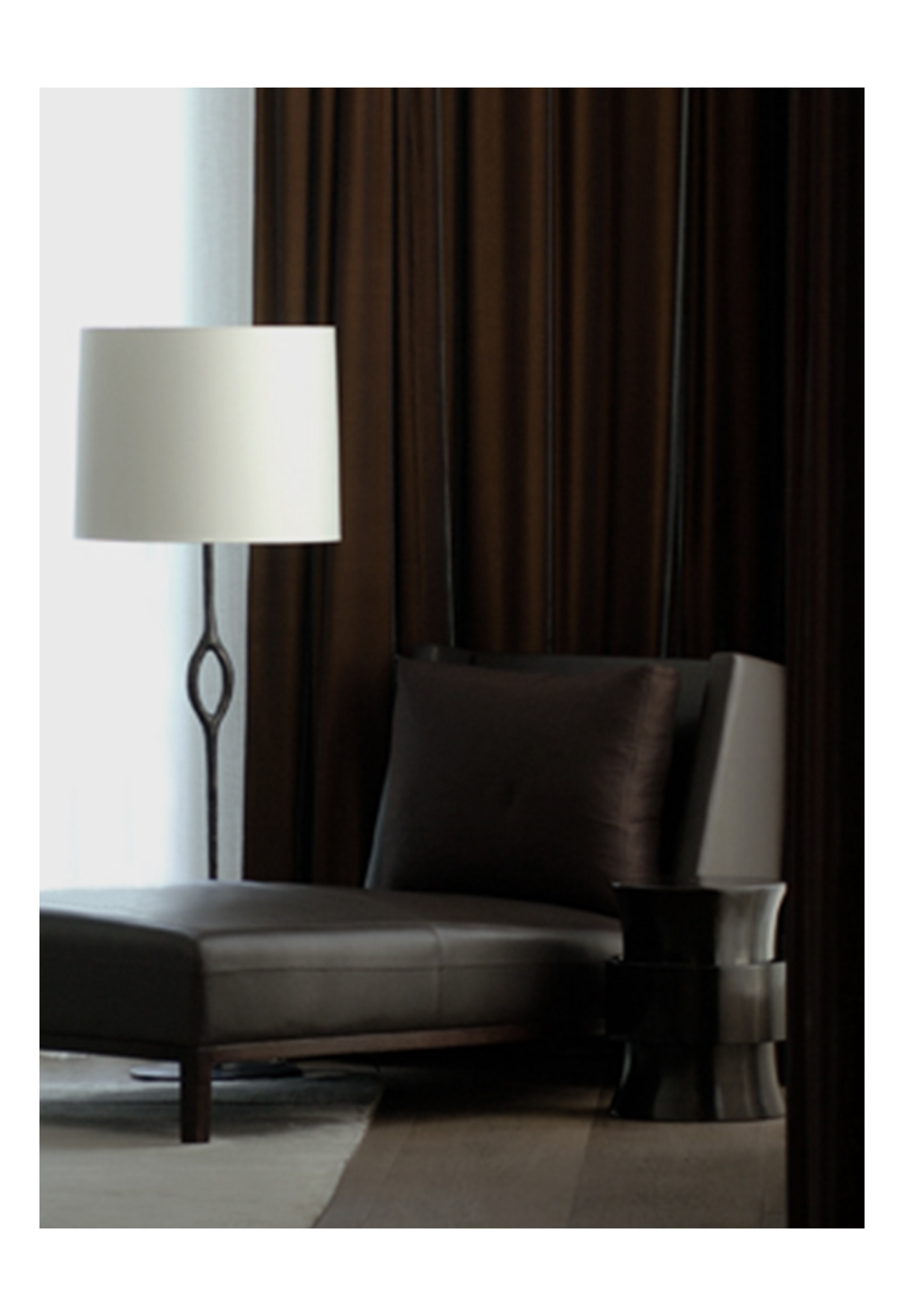
Liaigre’s world, due to its perfect appropriateness. A truly noble material, whose execution is demanding. Thanks to its durability, it entered the domestic world whilst adding a touch of poetry at the same time.
Graphic designs such as the Naja coffee table, the Fold side table or the chimney place that was designed by Eric Schmitt for the Faubourg St Honoré showroom, become part of meticulous and refined aesthetics which are Liaigre’s signature.
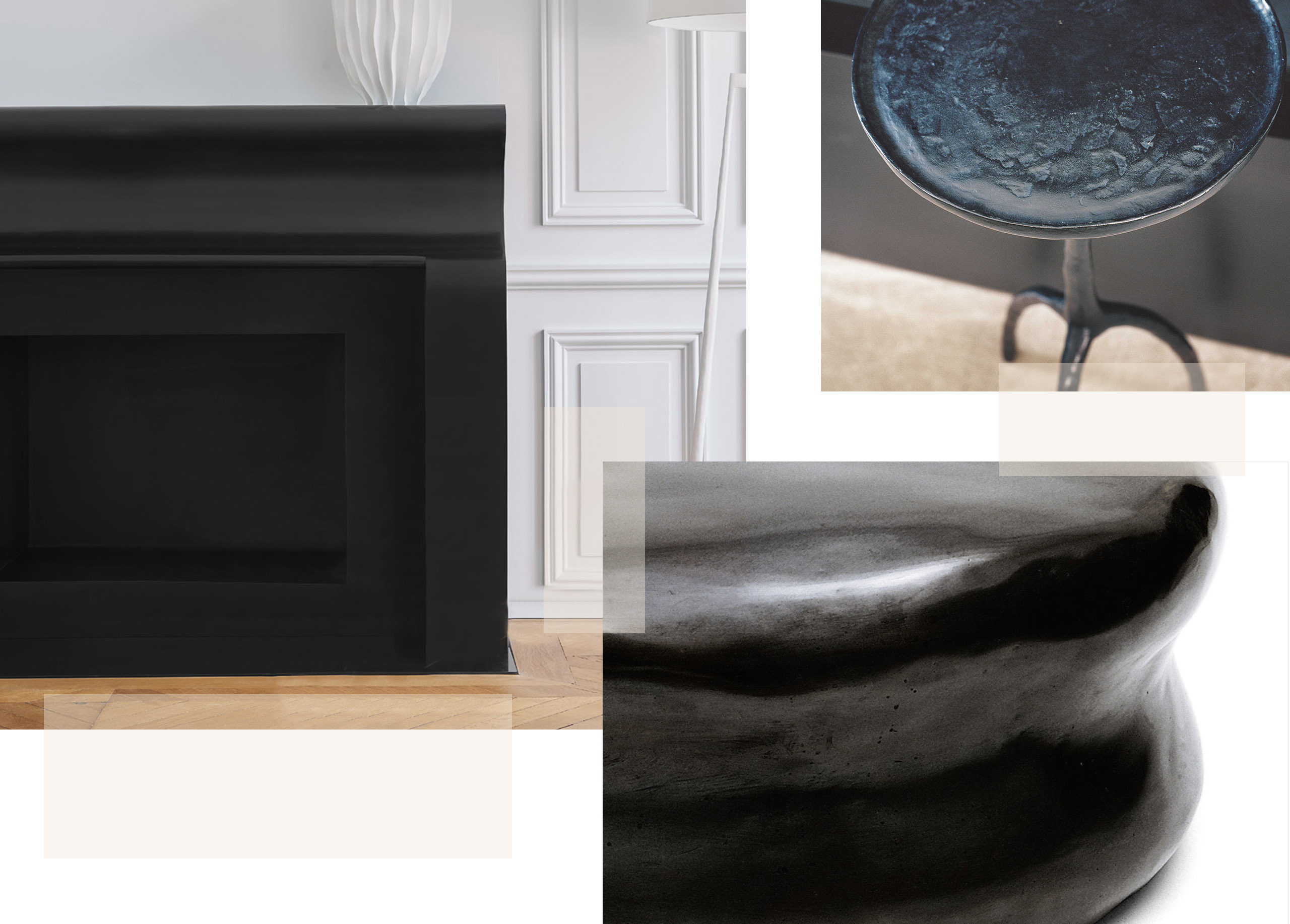
Sensual and tactile pieces like the Amande standing lamp, the Trépied side table or the Coquillage lamp bear the marks of movement, which make you want to touch them. The rather uneven surface expresses a certain softness.
In the spirit of customization that characterizes the designs of the maison, most of the pieces are available in different finishes and patinas.
The Nagato was imagined by Christian Liaigre in 1986 and has since become one of the most emblematic pieces of the maison. It can be a sculpture, a stool, a side table or a night stand. It offers a wide range of uses to all…
It is carved out of a solid piece of oak, which gives it a rather natural, raw look. The Nagato solid wood splits in time since it is a living matter, making each piece unique. Its name evokes the Japanese town and you could place it somewhere in between Constantin Brancusi’s endless column and African art. Its deliberate artistic inspiration has made this small piece a best seller, available in a variety of different wood species.
In 2019, Liaigre paid tribute to the Nagato making a bronze version limited to 75 numbered copies. This new version beautifies the origin model with its smooth dark patina and faint wood imprints, making it a celebration piece.
.
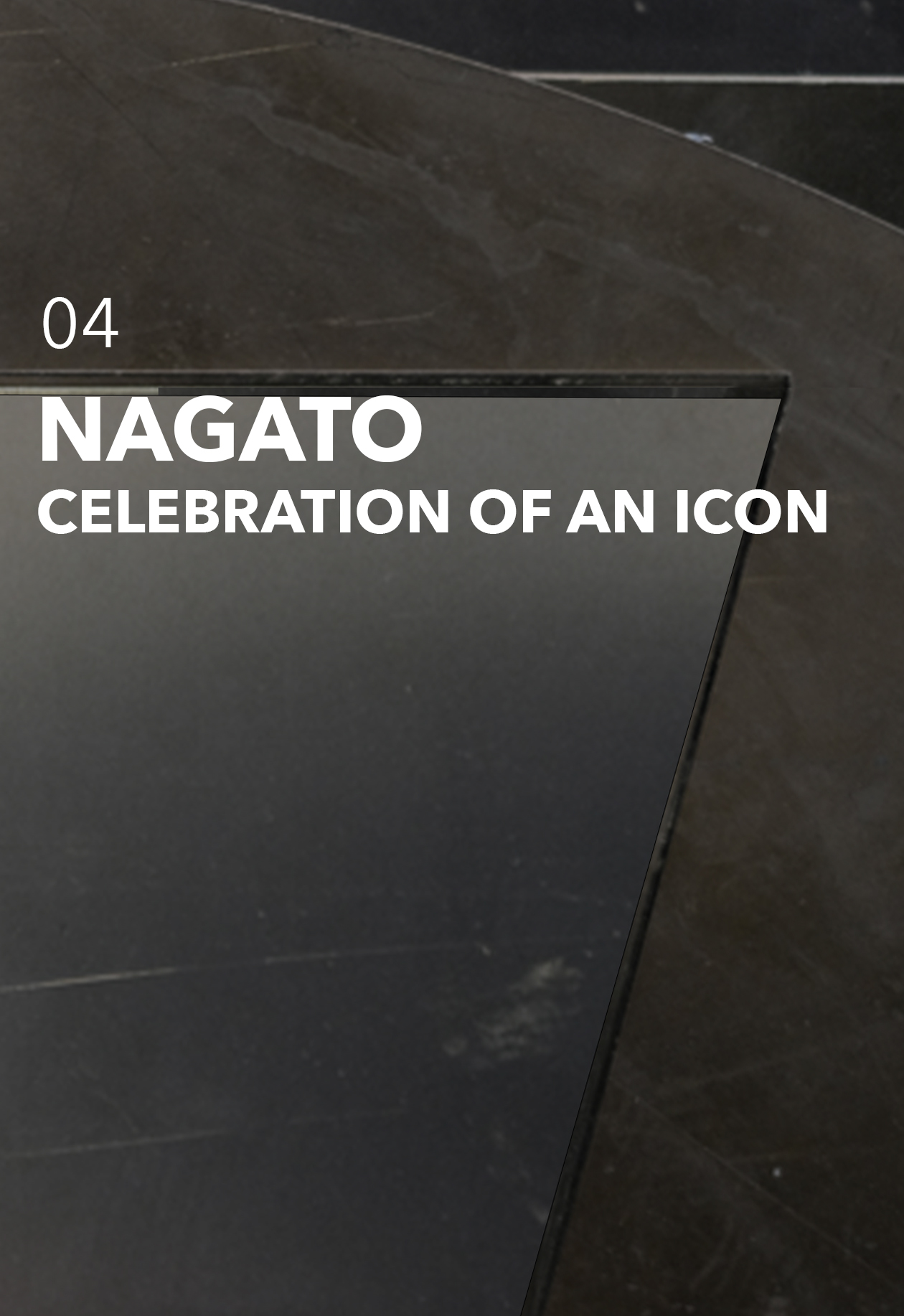
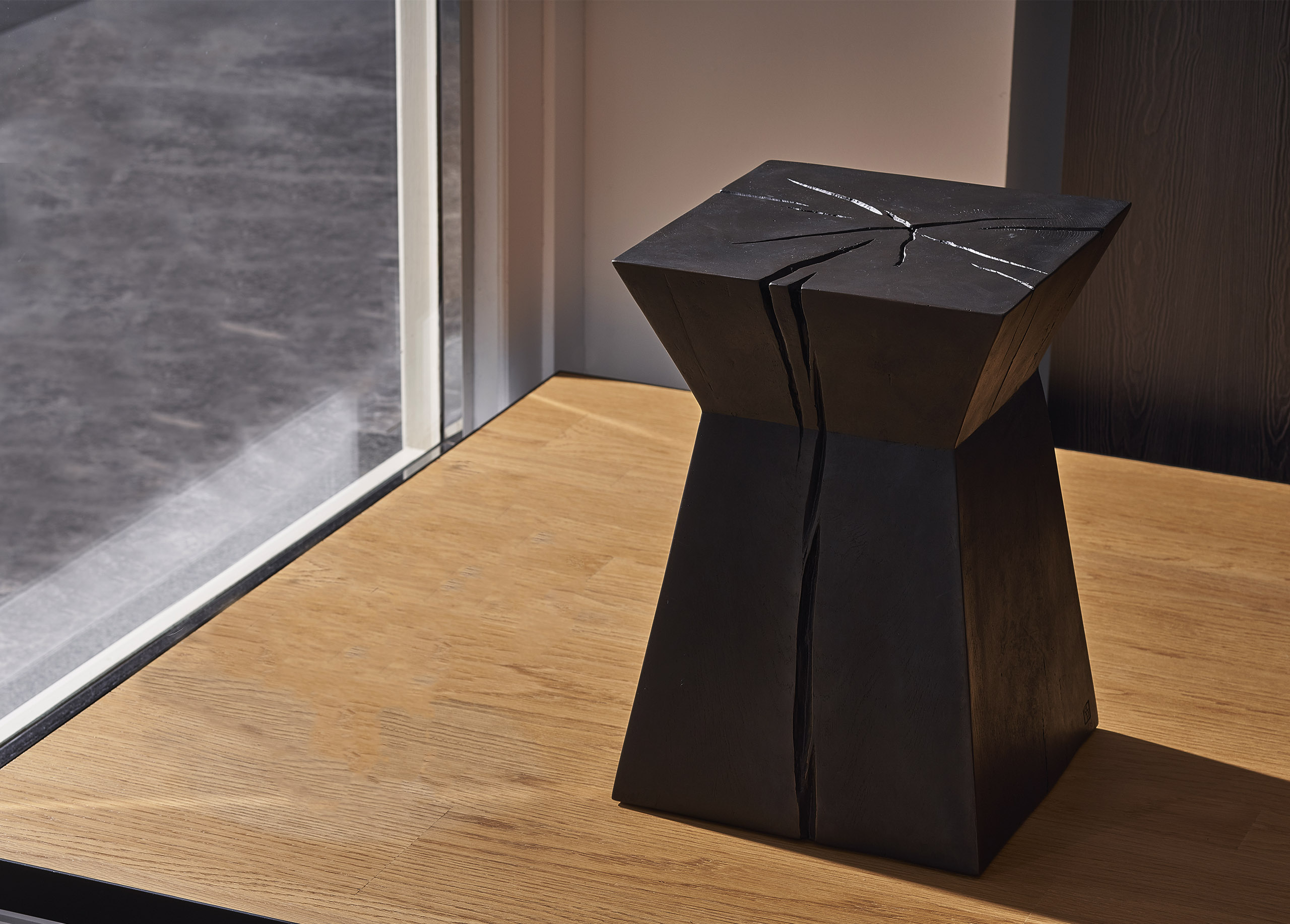
Discover other
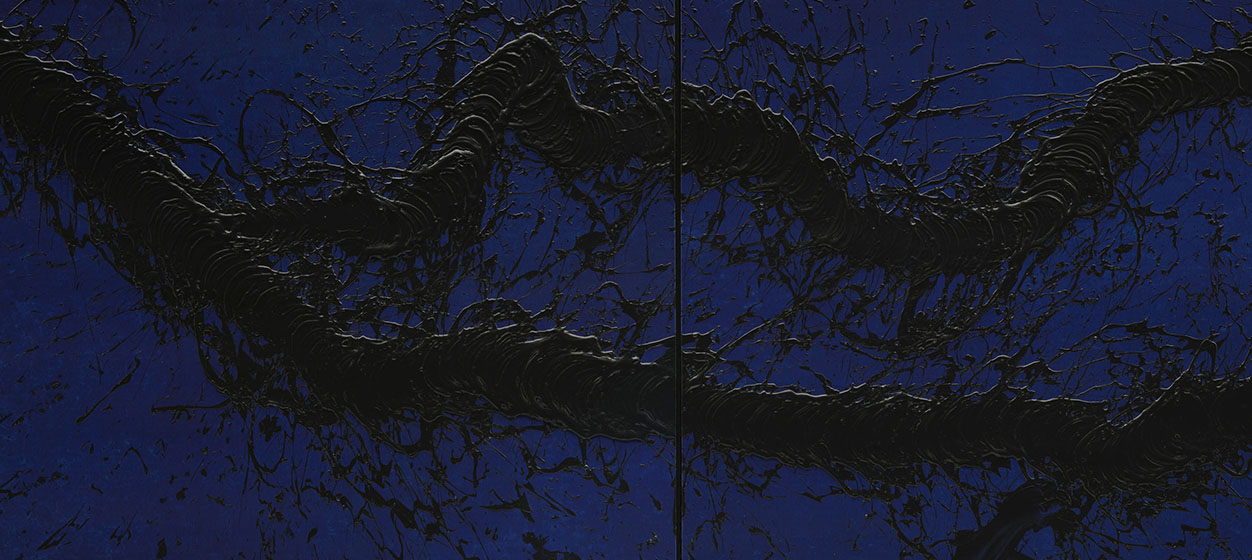
Ainsi la nuit, Fabienne Verdier

